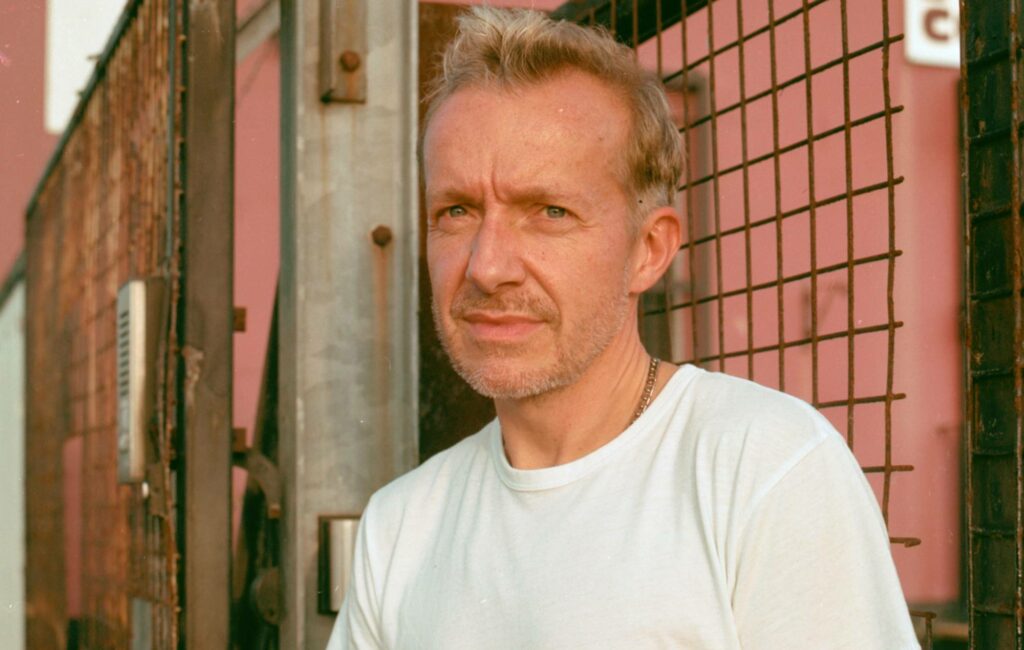Fraser T Smith on using pioneering surround sound at live shows: “You’ll still have a proper experience in Row Z”
"I wanted to experience something where there was a sense of us all being in it together at the same time"
By Nick Reilly

Acclaimed producer Fraser T.Smith has spoken about utilising pioneering audio for his live shows, and how he’s hoping that other venues will follow suit.
The Grammy-winner, known for his work with the likes of Stormzy and Dave, released his collab album ’12 Questions’ via Platoon under the Future Utopia banner last year – with both artists featuring on the record.
When it came to airing the record live for the first time at Peckham’s Bold Tendencies earlier this year, Fraser partnered with audio experts D&B Soundscape to provide an immersive live experience for those present.
Instead of traditional shows where stereo audio is pumped out from speakers positioned either side of the stage, D&B Audiotechnik’s Soundscape positions pioneering speakers in a series of locations across the room.
The result, he explains, is a far more consistent experience for fans across the venue.
“I really wanted to experience something where the performer was in the middle, but there was a sense of us all being in it together at the same time,” he said.
“I got speaking to my engineers and they were saying D&B Audiotechnik had developed this incredible system which allowed there to be a surround sound experience.”
He added of his experiences using it: “When I did my first gig at Bold Tendencies in Peckham we were able to experience the sonics bouncing from wall to wall. Everyone had a special experience because they were experiencing the music I had created in my own way and the sounds were bouncing from 14 speakers surrounding the audience.
“That’s how I want my music to be perceived going forward.”
Similar initiatives have recently been pioneered by Apple, who recently unveiled their Spatial Audio for Apple Music users.
Apple spatial audio takes differing signals and applies directional audio filters, adjusting the frequencies that each ear hears so that sounds can be placed virtually anywhere.
Users will be given the impression that sound is coming from every direction, essentially recreating the audio experience of a cinema.
But will other venues follow suit with the technology?
“I’m hoping. The live industry suffered such a setback with Covid and it’s finding its feet again, but as things progress it would be ridiculous not to be building new venues,” said Smith.
“Or putting that in so if you are in Row Z because you didn’t get up at 7AM to buy tickets you’ll still have a proper live experience.”
He added: “The energy at live shows is usually like nothing else, but I hate to say that the sonic part is challenging, you know? I think we’re so used to incredible headphones and streaming services that make songs sound phenomenal, when you get to a live show and you’re with your friends, the experience is phenomenal but the sonic capabilities are challenging.”
Elsewhere, Smith also teased that the follow-up to ’12 Questions’ and its remix counterpart ’12 Questions After Dark’ will see him heading in a more stripped back direction.
“12 Questions was quite a maximalist body of work. I was asking some very philosophical questions and travelled the world. I wanted to make a seamless body of work that incorporated strings and hip-hop drums with brass and I feel like this next record is going to be way more minimalist.”
“I wanna make sure that every body of work I create is its own statement and has its own sonic blueprint. I want to make sure there’s a vision behind every phase and to counter the sound of the first record I want to change it up. I want every new chapter to be an exciting new phase,” he said.
